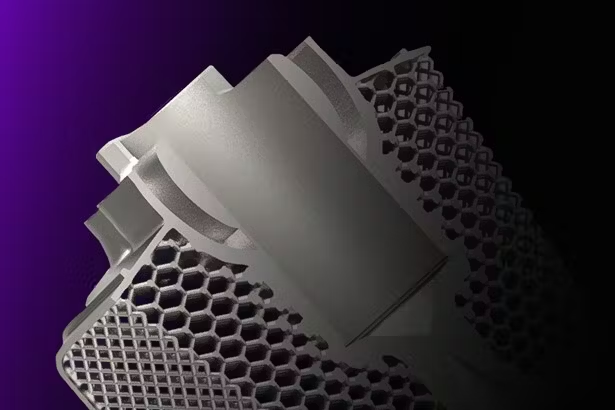Introduction
The thermal properties of materials utilized in additive manufacturing are critical determinants of component performance, particularly in high-demand industrial sectors. As 3D printing thermal properties technologies continue to mature, the necessity for a comprehensive understanding of thermal resistance, glass transition phenomena, and sustained operational limits has intensified among engineers and materials scientists.
Thermal Behavior of Thermoplastics
Thermoplastics employed in processes such as Multi Jet Fusion (MJF) and Fused Deposition Modeling (FDM) exhibit diverse thermal profiles. Nylon 12, extensively applied in MJF, demonstrates a melting point of 187°C and a heat deflection temperature (HDT) at 0.45 MPa of 175°C. In applications where elevated thermal resistance is required, Ultem 9085, a polyetherimide (PEI) material used in FDM, achieves an HDT nearing 177°C, rendering it suitable for aerospace-grade components subject to stringent flame retardance and mechanical performance criteria.
Thermal Stability of Thermoset Polymers
Thermoset polymers, predominantly utilized in Stereolithography (SLA), offer superior dimensional stability under thermal stress. Digital ABS and X Pro 9400 B FR, for example, have been formulated to endure moderate to high thermal loads, though their inherent brittleness following polymerization must be accommodated in mechanical design considerations.
Thermal Properties of Metal Alloys
Metal additive manufacturing materials, notably 316L and 17-4 PH stainless steels, provide exceptional thermal and structural properties. With melting points exceeding 1300°C, these alloys retain mechanical integrity and corrosion resistance under extreme thermal environments, positioning them as optimal choices for aerospace, medical, and industrial applications.
Material Selection and Application Alignment
Material selection in additive manufacturing must be guided by a rigorous assessment of thermal behavior in conjunction with mechanical, chemical, and environmental performance requirements. Collaboration with a specialized 3D printing service enables the precise alignment of material capabilities with application-specific demands, ensuring both product reliability and manufacturability are maximized.
Conclusion
A strategic approach to thermal performance evaluation is essential for the successful deployment of 3D printed components in critical applications. For comprehensive technical consultation and advanced additive manufacturing solutions, visit rapidmade.com.











